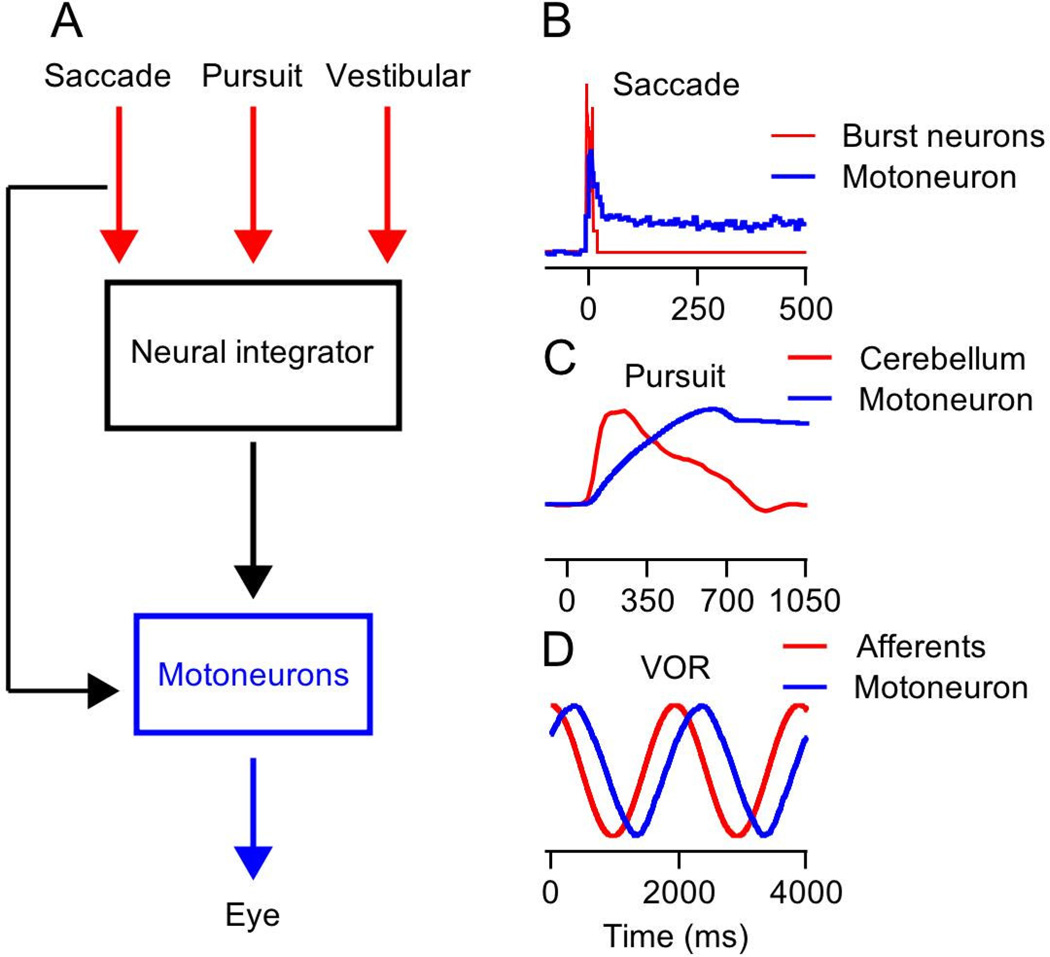Figure 1. Rationale for an oculomotor neural integrator.
A: Schematic representation of the neuron integrator hypothesis. Commands for saccades, smooth pursuit, and the vestibulo-ocular reflex all signal the desired eye velocity, and therefore require neural integration to create the eye position signal that dominates the activity of extraocular motoneurons. The “Neural integrator” converts its input signals into commands for maintaining the eye in an eccentric position. The discharge of “Motoneurons” is assembled as a combination of the inputs and outputs of the integrator, the inputs to move the eye to a new position and the outputs to hold the eye stable in the final position. B–D: Red and blue traces represent the inputs to the integrator and motoneuron activity during saccades (B), smooth pursuit eye movement (C) and the vestibulo-ocular reflex (D). The traces were scaled arbitrarily to allow easier comparison of their temporal dynamics.

